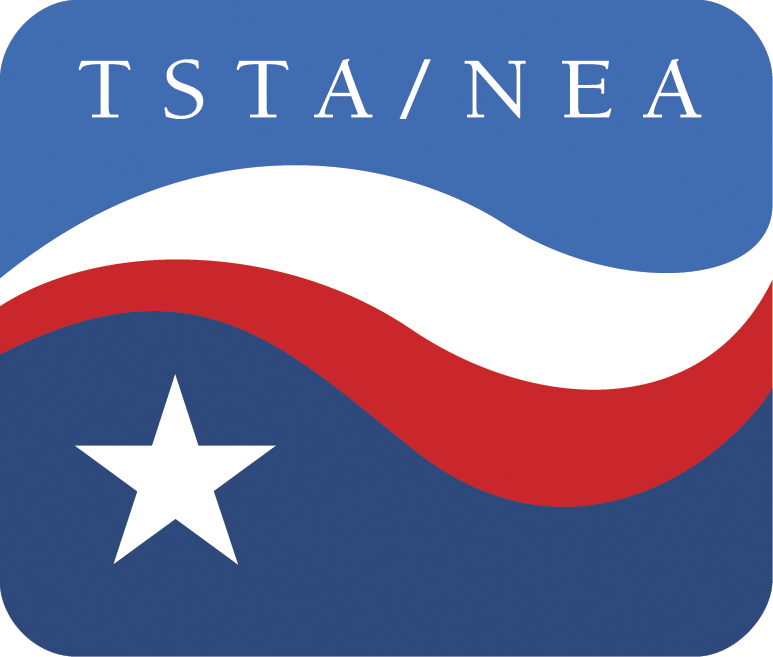Putting hedge fund owners ahead of educators
Several of the candidates who want to be our next president have no intention of improving our public schools or rewarding the hard work of educators. I mean, education is barely an afterthought among most Republican White House hopefuls.
Ted Cruz doesn’t want to govern. He wants to campaign and entertain tea partiers who think we already are spending too much money on education, health care and other programs they don’t care anything about. Donald Trump wants to boost his ego by insulting everyone on the planet who has less money than he has, and that includes every educator I can think of.
Jeb Bush will talk about education, but as governor of Florida, he promoted school privatization and a preposterous, counter-productive evaluation system for teachers, and he shows no signs of changing his mind about those failures now. Meanwhile in Wisconsin, as I have written a few times before, Gov. Scott Walker is trying to drive education and public employment into a ditch.
Now, Walker has added insult to injury. Last week, just one month after slashing $250 million from the University of Wisconsin System, Walker and the Legislature approved a deal committing at least $250 million in tax dollars (and maybe twice that much) to help two super-wealthy hedge fund owners from New York build a new arena for the Milwaukee Bucks basketball team.
Walker does have his priorities, and they certainly aren’t education and educators. A few years ago, you probably recall, he pushed legislation to weaken teacher and other public employee unions and, in so doing, shrunk Wisconsin’s middle class.
According to The New York Times, the two hedge fund owners who are the new majority owners of the Milwaukee Bucks are major Democratic donors. But, otherwise, they are Walker’s type of pay-for-play people. They are rich – and about to get richer, courtesy of Walker and Wisconsin taxpayers.
One of the new minority owners in the Bucks is, perhaps not coincidentally, Walker’s national finance co-chairman.
